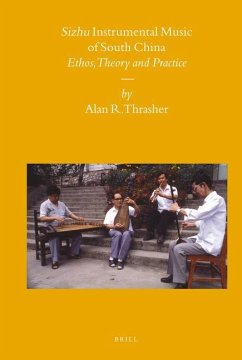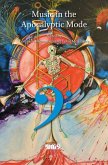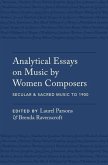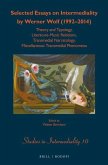According to a reader's report, this is "one of the finest studies on (any kind of) Chinese music to emerge in recent years." Based on extensive fieldwork and a thorough knowledge of the scholarly literature, the author examines the theoretical underpinnings of the 'silk and bamboo' instrumental ensemble traditions of the Chaozhou, Hakka and Cantonese peoples of South China. Stepping back far into history, the book opens with a penetrating examination of Confucian theory, the ancient corpus of behavioral doctrine which promoted music as a means of achieving social harmony and which, together with Daoist belief, exercised unusually strong influence over common-practice music and aesthetics. This is followed by a rigorous analysis of the music itself, focusing upon linear and modal structures and performance styles which reflect a fascinating mix of ancient ideologies and more recent influences.
Hinweis: Dieser Artikel kann nur an eine deutsche Lieferadresse ausgeliefert werden.
Hinweis: Dieser Artikel kann nur an eine deutsche Lieferadresse ausgeliefert werden.








